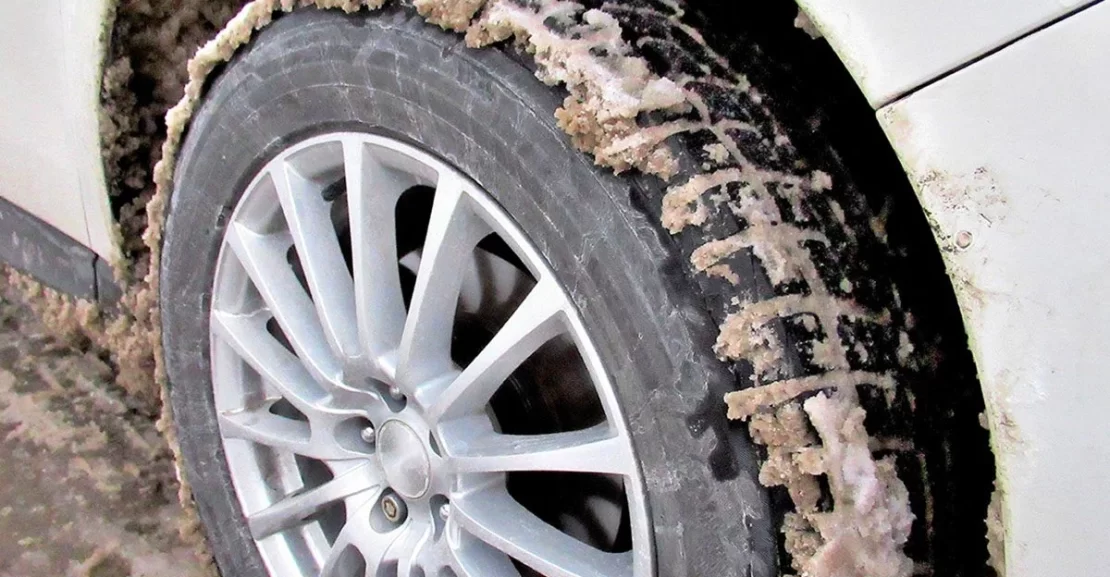If you’ve driven in Northeastern Pennsylvania for some time, you’ve certainly seen the corrosion caused by road salt. Thankfully, the damage can be prevented!
Icy, snowy roads in much of the country demand salt and other ice-melt techniques to make them passable in winter. While road salt (i.e. snow salt or ice salt) and brines are critical to keeping roads safe, they can damage your vehicle.
How Does Road Salt Harm Cars and Trucks?
Most components of cars, including the body, suspension and brake parts, are made of steel, which itself is an alloy of iron with carbon and other elements. When iron meets water and oxygen, a chemical reaction takes place that creates iron oxide, otherwise known as rust.
Salt enables electrons to move more quickly within that chemical reaction, not so much causing the rust but rather accelerating the rust-creation process on bare steel components.
Often rust will start on bare metal fasteners and suspension components on the underside of the car; typically, the paint on a car will protect the bodywork you can see. However, if that paint is damaged in any way, exposing bare metal beneath, that’s a likely starting point for rust. The lowest edges of your car are most likely to see rust, as they are vulnerable to rock chips that you might not notice in everyday driving.
How Does Rust Affect My Car?
Those bare steel components include many of the fasteners holding your car together. This means headaches for DIYers trying to break loose rusty bolts when doing a simple brake job at home, for example.
Professional mechanics, despite years of experience and a shop full of tools, experience the same frustrations, adding time (and therefore cost) to repairs. The list of challenges rust damage presents is long and includes some critical safety components, says Brian Fowler of Rayco Eurospec Motorcars in Kingston, PA.
“Lately we’ve been seeing rusty brake calipers, caliper slider pins and even occasionally steel brake lines that rust through,” he says. “We also see control arms [suspension components] so rusty that you can push through them with your fingers.”
How Do I Prevent Salt from Damaging My Car?
Thankfully, there are multiple ways you can prevent the rust damage salt causes.
- Wax your car before winter. Waxing your car won’t work well in low temperatures, as the wax becomes incredibly difficult to spread on the car as the temperature drops. But in the fall, application of a good-quality waxgives your paint an extra layer of protection from the elements.
- Wash frequently. Washing your car in the winter physically removes the road salt to prevent its role in creating rust. “After a winter storm, drive through an automated car wash — maybe twice, since road brines can stick to the underside of the car,” Nealey says.
- Avoid driving behind snow plows. While driving in the freshly-plowed wake of a municipal snow plow seems appealing, remember that the plow is likely also dropping salt, which will happily stick to your car. Give the plow some room to work and protect your car in the process.
- Avoid deep puddles. Those gray puddles of melted snow are filled with filthy, salty water that will splash onto the undercarriage of your car as you drive through them. Sometimes they’re unavoidable, but if you can stay away, do.
- Consider an undercoating. Have an undercoating applied by a reputable local shop, Fowler says. This gives your car an additional layer of protection to keep those fasteners and the sheet metal from being exposed to water and salt.

